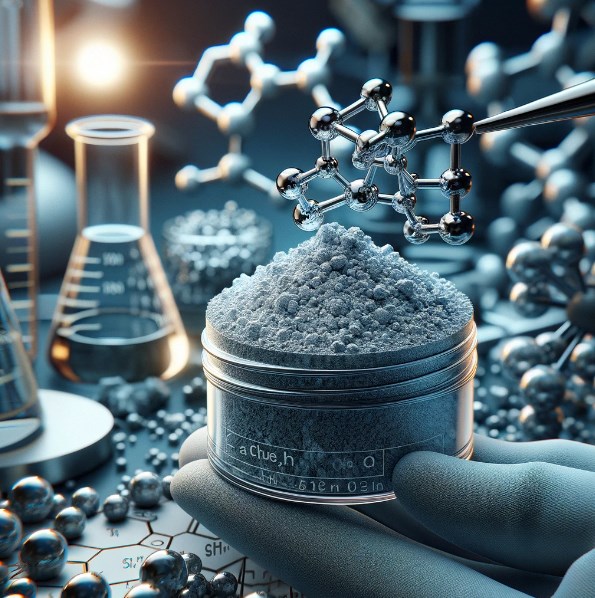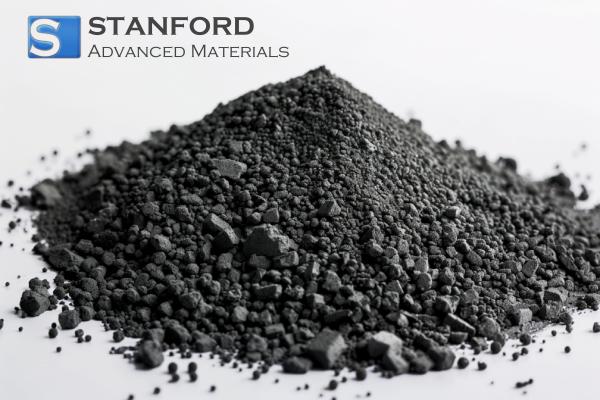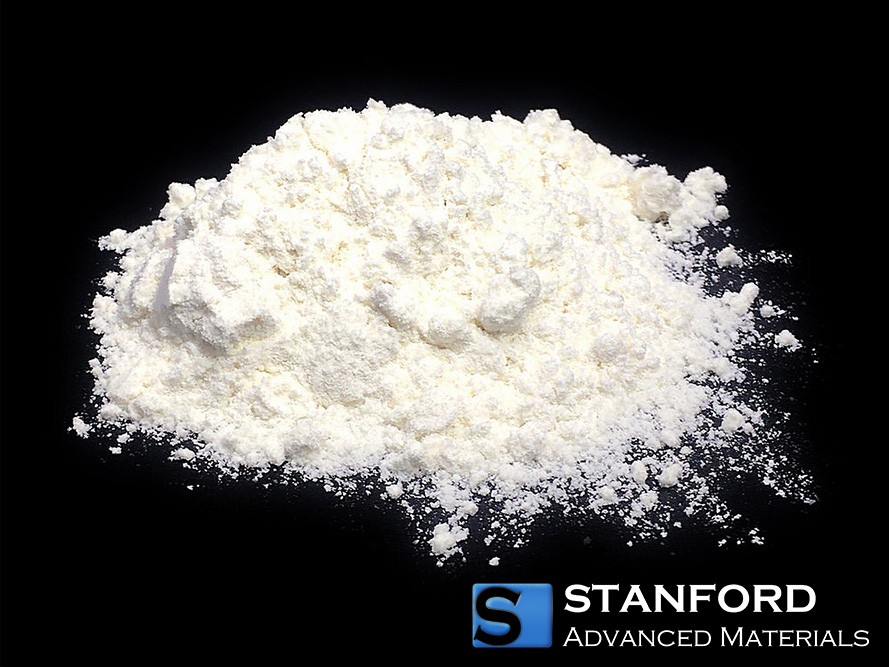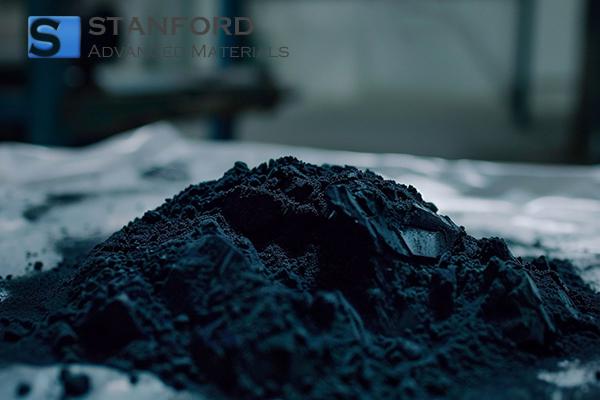Precious Metal Catalysts: A Closer Look At The Influence Of Particle Size
In the domain of chemical reactions and industrial processes, catalysts play a central role by facilitating reactions, reducing energy consumption and increasing the efficiency and selectivity of chemical conversions. Among the various types of catalysts, Precious Metal Catalysts are valued for their documented activity and stability. These catalysts, composed of metals such as platinum, palladium, gold and silver, are essential for numerous applications ranging from automotive emission systems to pharmaceutical synthesis. This article examines the impact of particle size on these catalysts and details its measurable effects on performance.

How does particle size influence the catalyst?
The effect of particle size on catalyst performance is a fundamental aspect of catalysis. Catalysts increase the rate of chemical reactions without undergoing permanent change themselves. Precious metal catalysts—such as those containing platinum, palladium, rhodium and gold—are specifically appreciated for their elevated catalytic activity and selectivity. The particle size directly determines the efficiency, selectivity and stability of the catalyst.
A change in catalyst particle size can substantially affect the reaction rate. This effect arises from several key factors related to catalysis and surface science. The following is an outline of the quantifiable reasons by which particle size influences reaction speed:
1. Surface-to-Volume Ratio
Increased surface area: Smaller particles typically offer a larger surface-to-volume ratio. This increase in available active sites means that a greater number of reactant molecules may interact with the catalyst surface.
Enhanced reactivity: As the available reactive surface increases, measurable improvements in reaction rates and conversion efficiencies are observed.
2. Catalytic Activity
Elevated activity with reduced size: Reducing the particle size tends to increase catalytic activity because a larger proportion of the catalyst material is available to interact with the reactants.
Determination of optimal particle size: There is frequently an optimal particle size that yields the best balance between catalytic activity and material utilisation. If particles become too small, aggregation may occur, leading to a reduction in effective surface area.
3. Selectivity
Influence on reaction pathways: Particle size can modify the distribution of active sites, thereby affecting the selectivity of the reaction. Smaller particles may present different configurations of active sites compared with larger particles.
Adjusting product distribution: By controlling particle size, chemists can quantitatively influence the yield of specific products. This control is particularly significant in the synthesis of pharmaceuticals, fine chemicals and petrochemicals.
4. Stability and Resistance to Deactivation
Sintering and agglomeration: Smaller particles are more susceptible to sintering, a process in which particles coalesce under elevated temperatures, leading to larger aggregates and a reduction in active surface area over time.
Deactivation mechanisms: The durability of a catalyst under prolonged use may be affected by its particle size. For example, smaller particles, although more reactive, can also be more vulnerable to deactivation through poisoning by impurities or by coke deposition.
5. Diffusion Limitations
Mass transport considerations: In reactions where diffusion plays a significant role, the size of catalyst particles can affect the rate at which reactants reach active sites and products are removed. Larger particles may present internal diffusion restrictions that reduce overall reaction speed.
6. Economic Considerations
Material efficiency: Smaller particles utilise the precious metal more effectively because a larger fraction of the metal remains available for catalytic action. However, the synthesis of nanoparticles with controlled sizes and shapes may entail higher production costs and complexity.
Does a change in catalyst particle size affect the reaction rate?
Advances in nanotechnology and materials science have produced various methods to control the particle size in precious metal catalysts. These methods include:
Chemical reduction: By adjusting the concentration of the metal precursor and the reducing agent, as well as reaction conditions such as temperature and pH, it is possible to synthesise nanoparticles with defined dimensions.
Sol-gel method: This process involves transitioning a system from a liquid "sol" phase to a solid "gel" phase. By controlling the sol-gel process, particles of a precise size can be produced.
Template-assisted synthesis: Using a template with pores or cavities of a fixed size assists in the formation of metal particles that conform to the template’s dimensions.
Why are precious metals used in catalysts?
Precious metals are employed in catalysts owing to their well-documented catalytic properties, which are crucial for the efficient conversion of exhaust emissions from combustion engines into less harmful substances. Catalysts are designed to reduce the emissions of pollutants such as carbon monoxide (CO), nitrogen oxides (NOx) and hydrocarbons (HC). Typical precious metals used in catalytic converters include platinum (Pt), palladium (Pd) and rhodium (Rh); each metal contributes quantifiable advancements to the catalytic process. The following points summarise the principal reasons for selecting these metals:
High Catalytic Activity
Measured efficiency: Precious metals facilitate the chemical reactions required to convert toxic gases into less harmful products. They provide active sites that adsorb reactant molecules and reduce the activation energy, thereby increasing conversion efficiency.
Thermal Stability
Durability at high temperatures: Catalysts operate under elevated temperature conditions. Precious metals maintain their catalytic activity and structural integrity under these conditions, ensuring continued performance across a range of operating environments.
Resistance to Poisoning
Chemical resilience: Precious metals exhibit resistance to poisoning by contaminants such as sulphur and lead that may be present in exhaust gases. This resistance helps to preserve the catalyst’s active sites and extends its operational lifespan.
Oxidation and Reduction Capabilities
The metals used in catalysts are capable of facilitating both oxidation and reduction reactions:
Platinum and Palladium: These metals are effective in the oxidation of carbon monoxide (CO) to carbon dioxide (CO₂) and in the oxidation of hydrocarbons to CO₂ and water (H₂O), thereby reducing harmful emissions.
Rhodium: Rhodium is employed to reduce nitrogen oxides (NOx) to nitrogen (N₂) and oxygen (O₂), addressing one of the more difficult aspects of exhaust gas treatment.
Combined Effects
Multiple functional benefits: The combined use of these precious metals utilises their individual properties to cover a broad range of reactions. For instance, a catalyst might incorporate platinum for its oxidation capability and rhodium for its reduction capacity, thereby achieving a quantifiable improvement in the conversion of a wide array of pollutants.
Applications and Future Perspectives
The control of particle size in precious metal catalysts presents opportunities for applications in diverse industries. In automotive catalytic converters, optimisation of the sizes of platinum and palladium particles has led to measurable improvements in the elimination of pollutant emissions. In the pharmaceutical industry, gold and palladium catalysts with tailored particle sizes are under investigation for their ability to catalyse central reactions under mild conditions, thereby contributing to more sustainable synthesis routes.
Ongoing research aims to further elucidate the quantitative relationship between particle size and catalytic behaviour at the atomic level. Such data will support the development of catalysts with enhanced performance, longer lifespan and improved selectivity. Investigations into bimetallic nanoparticles and the specific effects of their particle sizes promise to yield additional catalytic properties and applications.
Conclusion
The impact of particle size on the performance of precious metal catalysts is a critical facet of catalysis that bridges fundamental research with practical application. As the ability to precisely control particle size advances, it is expected that more efficient, selective and durable catalytic processes will be developed. This progress underlines the increasing importance of precious metal catalysts in modern industry and technology, as evidenced by ongoing work at institutions such as Stanford Advanced Materials (SAM) and commercial entities including Oceania International LLC.

 Bars
Bars
 Beads & Spheres
Beads & Spheres
 Bolts & Nuts
Bolts & Nuts
 Crucibles
Crucibles
 Discs
Discs
 Fibers & Fabrics
Fibers & Fabrics
 Films
Films
 Flake
Flake
 Foams
Foams
 Foil
Foil
 Granules
Granules
 Honeycombs
Honeycombs
 Ink
Ink
 Laminate
Laminate
 Lumps
Lumps
 Meshes
Meshes
 Metallised Film
Metallised Film
 Plate
Plate
 Powders
Powders
 Rod
Rod
 Sheets
Sheets
 Single Crystals
Single Crystals
 Sputtering Target
Sputtering Target
 Tubes
Tubes
 Washer
Washer
 Wires
Wires
 Converters & Calculators
Converters & Calculators




 Chin Trento
Chin Trento



